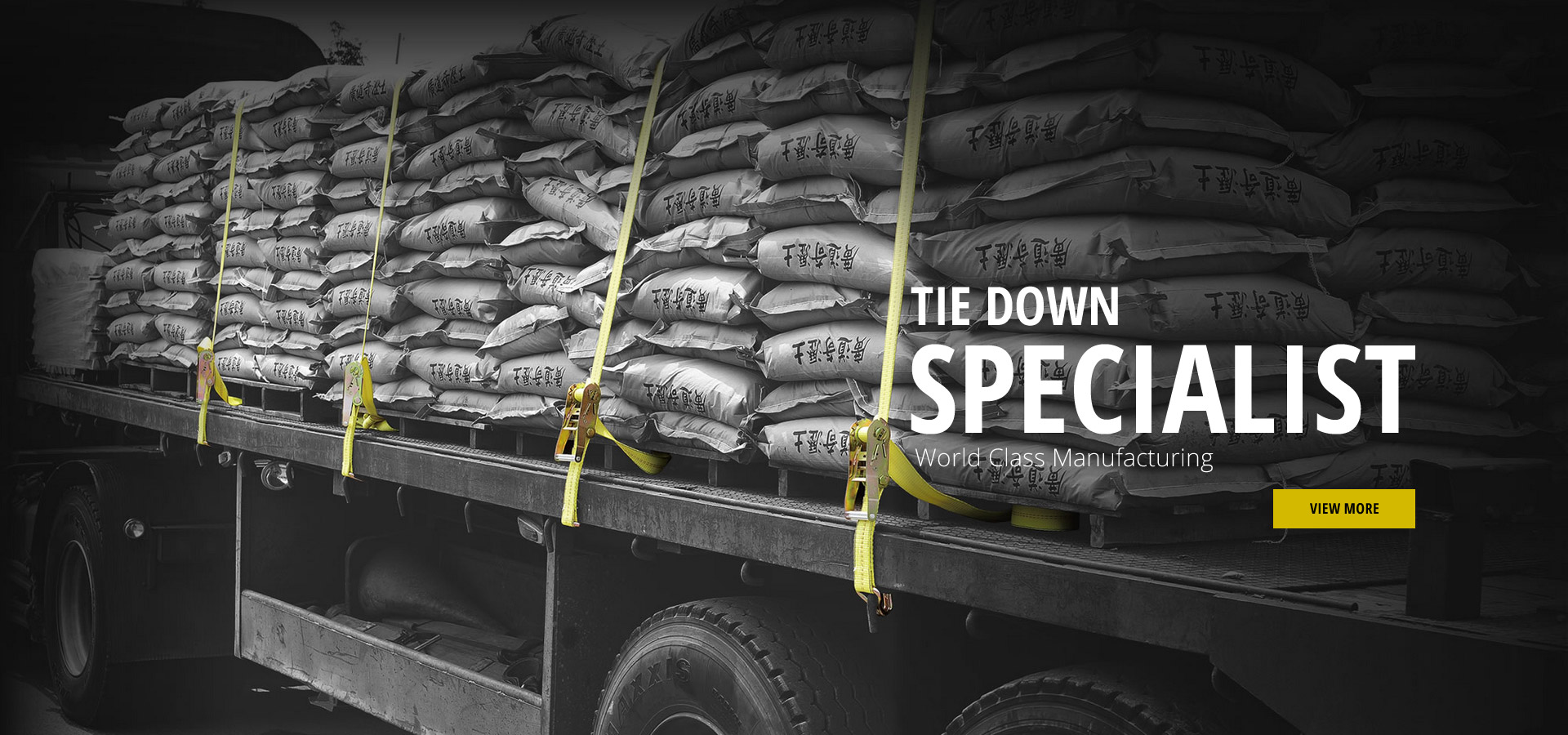Exploring the Benefits and Applications of Fully Threaded Studs in Various Industries
Understanding Fully Threaded Studs Features, Benefits, and Applications
Fully threaded studs are an essential component in various engineering and construction applications, known for their versatile functionality and robust performance. Unlike standard bolts or screws, which may only have threads on part of their length, fully threaded studs feature continuous threads from one end to the other. This distinct characteristic makes them particularly useful in situations requiring adjustable fastening or load distribution across their entire length.
Key Features
The primary feature of fully threaded studs is, as the name implies, a uniform thread that runs the entire length of the stud. This design allows for a more substantial surface area for engagement with nuts or other threaded components. The threads can be of different designs, including coarse, fine, or special thread specifications, depending on the application requirements.
Materials used for fully threaded studs can vary, with common choices including carbon steel, stainless steel, and alloy materials. The selection of material is crucial as it affects the stud's resistance to corrosion, tensile strength, and overall durability. For example, stainless steel fully threaded studs are preferred in marine environments due to their superior resistance to rust and corrosion.
Benefits
One of the main advantages of fully threaded studs is their versatility. The continuous threads allow for precise adjustments, enabling users to customize the length of engagement and pressure. This feature is particularly beneficial in applications that involve varying loads or require fine-tuning for optimal performance.
Additionally, fully threaded studs can facilitate easier assembly and disassembly. When paired with appropriate nuts, they can be tightened or loosened more easily than partially threaded alternatives. This quick installation and maintenance can lead to significant time savings in construction and manufacturing processes.
fully threaded stud

Another benefit is the enhanced load distribution. Since fully threaded studs engage more surface area when tightened, they can better distribute the load across a broader section than standard fasteners. This characteristic minimizes the risk of bolt fatigue and failure, making them an ideal choice for high-stress applications.
Applications
The applications for fully threaded studs are extensive across multiple industries. In the construction sector, they are commonly used for connecting structural elements, securing beams, and providing anchoring in concrete. The ability to customize length and engagement makes them ideal for applications where space constraints or load variations are factors.
In the automotive industry, fully threaded studs are often employed in engine assemblies, where precise torque specifications are critical. Their ability to maintain integrity under high temperatures and pressures makes them a favored choice among manufacturers.
Moreover, fully threaded studs find applications in the oil and gas industry, aerospace, and even in furniture manufacturing. For instance, in the assembly of heavy machinery, fully threaded studs provide a reliable fastening solution that can withstand both dynamic and static loads.
Conclusion
In summary, fully threaded studs are a vital fastener option, offering unique features and numerous benefits that cater to a broad array of applications across different industries. Their continuous threading allows for precise adjustments, enhanced load distribution, and ease of maintenance, making them an indispensable component in modern engineering and construction practices. As technologies advance and demands for efficiency and reliability continue to grow, the use of fully threaded studs is likely to expand, reinforcing their position as a favorite among engineers and manufacturers alike.
-
Weatherproof Plastic Expansion Anchors for OutdoorLitabaJun.06,2025
-
Sustainability in the Supply Chain: Eco-Friendly TEK Screws ProductionLitabaJun.06,2025
-
Load-Bearing Capacity of External Insulation FixingsLitabaJun.06,2025
-
Double Head Bolts: Enhancing Efficiency in Industrial MachineryLitabaJun.06,2025
-
Corrosion Resistance in Chipboard Screws: Coatings for Wholesale DurabilityLitabaJun.06,2025
-
Butterfly Toggle Bolts : Enhancing Structural ResilienceLitabaJun.06,2025
